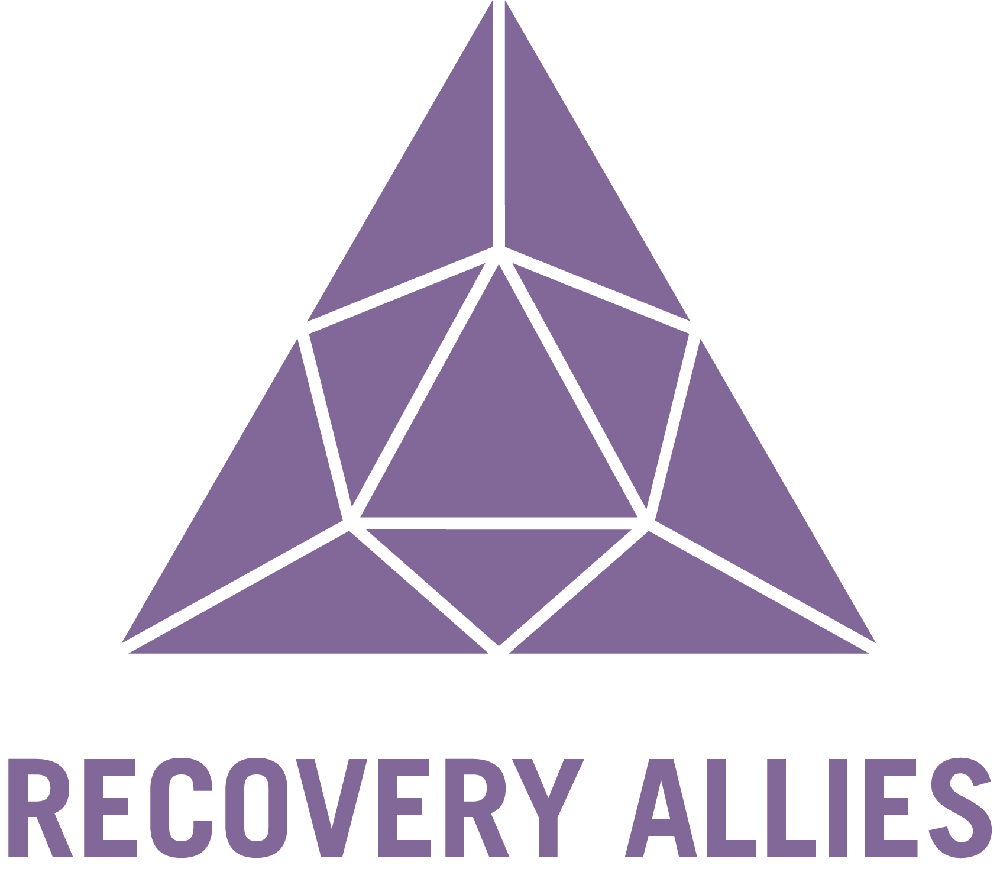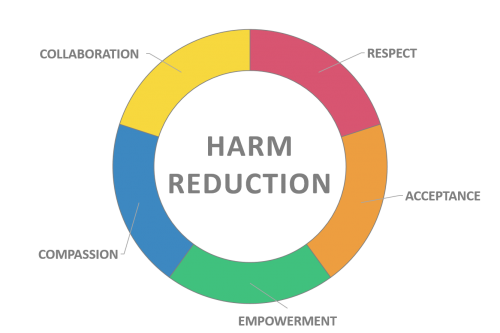The What, Whys, and Whens of Harm Reduction
Harm reduction is a topic that has made its way to the forefront of many discussions in the field of recovery over the last few years. It is a loaded topic with many having strong opinions for and against it. We’ll be discussing the basic tenants of harm reduction and share our thoughts on its effectiveness but first, let’s examine the Harm Reduction Coalition’s “Principles of Harm Reduction”.
Accepts, for better and or worse, that licit and illicit drug use is part of our world and chooses to work to minimize its harmful effects rather than simply ignore or condemn them.
Understands drug use as a complex, multi-faceted phenomenon that encompasses a continuum of behaviors from severe abuse to total abstinence, and acknowledges that some ways of using drugs are clearly safer than others.
Establishes quality of individual and community life and well-being–not necessarily cessation of all drug use–as the criteria for successful interventions and policies.
Calls for the non-judgmental, non-coercive provision of services and resources to people who use drugs and the communities in which they live in order to assist them in reducing attendant harm.
Ensures that drug users and those with a history of drug use routinely have a real voice in the creation of programs and policies designed to serve them.
Affirms drugs users themselves as the primary agents of reducing the harms of their drug use, and seeks to empower users to share information and support each other in strategies which meet their actual conditions of use.
Recognizes that the realities of poverty, class, racism, social isolation, past trauma, sex-based discrimination and other social inequalities affect both people’s vulnerability to and capacity for effectively dealing with drug-related harm.
Does not attempt to minimize or ignore the real and tragic harm and danger associated with licit and illicit drug use.
A graph of harms done by users and to others by substance
It’s clear that harm reduction is intended as a pragmatic approach to the realities of substance abuse disorder. Not everyone can maintain complete abstinence from drugs or alcohol at the beginning of their path to recovery. Lessening the immediate dangers that a life of regular substance use creates is safer than failed abstinence and relapse.
Having said that, Recovery Allies believes strongly that the healthiest, most effective way to free someone from the hell of addiction is abstinence-based recovery. The elimination of all dangerous substances is the surest way to provide a full and complete recovery.
However, opiate and alcohol withdrawals can be extremely painful and ultimately unbearable to some who seek a better path. We acknowledge that reality and believe that it is sometimes necessary to reduce intake gradually, with medical supervision strongly preferred.
Common forms of harm reduction include MAT (medically-assisted treatment) and involve the use of medication to lessen physical dependency over time until a substance abuser is ready to abstain completely. Examples of this include Methadone and Suboxone for opioid addiction and Naltrexone for alcohol dependency. Methadone and Suboxone are used to lessen the effects of withdrawal while Naltrexone minimizes the intoxicating effects of alcohol and eventually curbs cravings.
Other forms of harm reduction are clean needle exchanges, which have proven to lessen the spread of HIV and even nicotine cessation devices such as patches, lozenges and gum.
While there are many positive aspects of harm reduction, the truth is that harm reduction programs, be it a clean needle exchange, a methadone or similar clinic, are not able to closely monitor the results of these treatments. Further, it is not uncommon for harm reduction patients to remain on medications longer than is medically beneficial, sometimes prolonging physical dependency or even leading to relapse.
While we always prefer to engage our clients and their families in an abstinence-based program of recovery, we believe that harm reduction is a useful and sometimes necessary measure to eliminate the immediate hazards of substance abuse.
Further Reading
Harm reduction in the USA: the research perspective and an archive to David Purchase
https://harmreductionjournal.biomedcentral.com/articles/10.1186/s12954-017-0178-6#Sec8
Harm Reduction Coalition
Harm Reduction International
https://www.hri.global/north-america-harm-reduction-programmes


